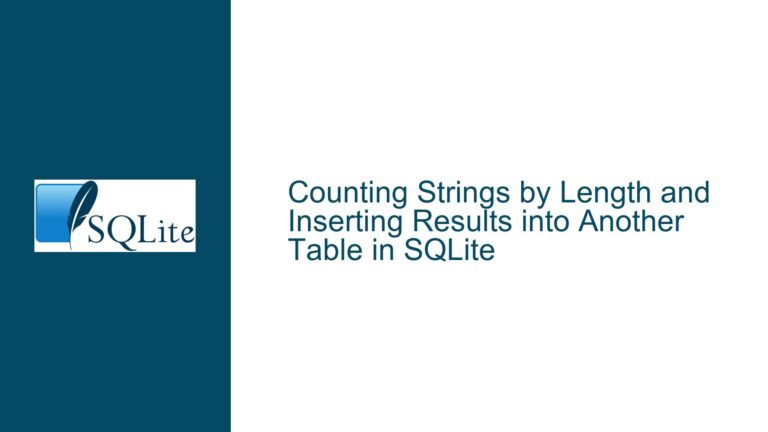SQLite B+-Tree Index Lookup and Rowid Mapping
SQLite Index Lookup and Rowid Mapping in B+-Tree Structures SQLite is a lightweight, embedded relational database management system that uses B+-tree structures for indexing and storing table data. When executing a query such as SELECT * FROM test WHERE name=’tom’;, SQLite leverages its indexing mechanism to efficiently locate the desired record. This process involves navigating…









